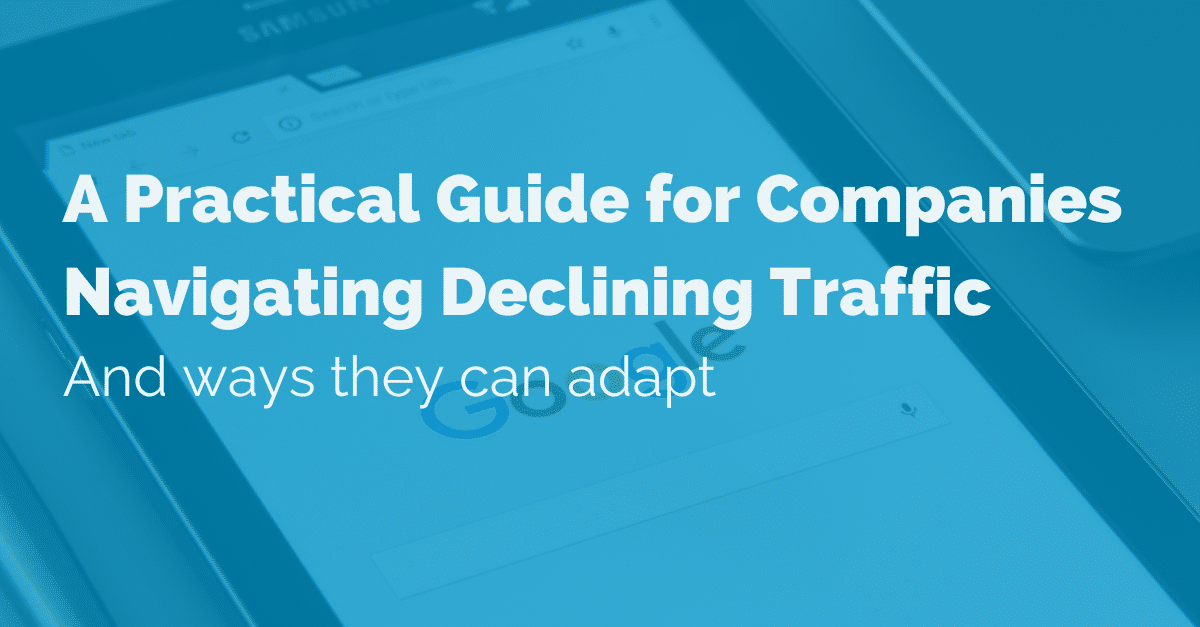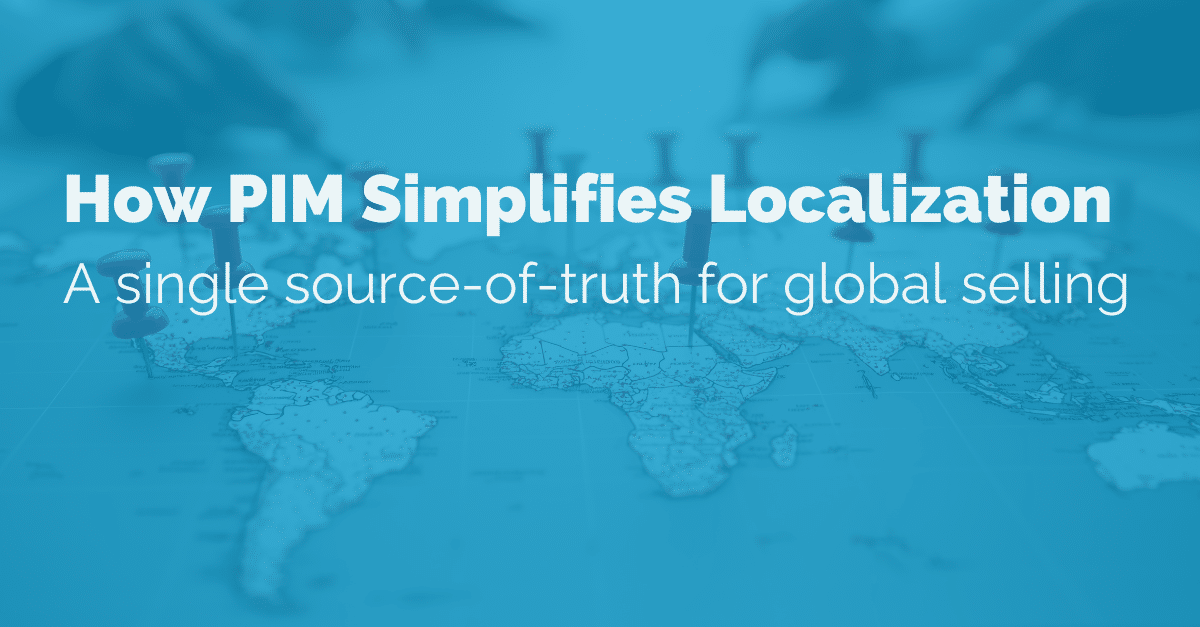1. So, we went to PI Apparel this year…
You’ve heard the one about the guy who walks into a bar, but what about the guy who walks into a booth? When we saw a customer step into a booth, be scanned, and see themselves in a perfectly fitted outfit, we saw the connection between fashion and technology and how it will impact customer expectations.
AI-generated images tailored to a customer’s exact body type demonstrate how technology today affects every aspect of the fashion industry. We’re talking from design to manufacturing and logistics to sales. Technology touches every step of a fashion product’s digital journey before it reaches the end user. That calls for integrated software that enables companies to move their products from design to delivery seamlessly.
2.With advancements in technology comes the need for robust product data
To provide best-in-class customer experiences, you want to get your products to market as quickly and reliably as possible. Online apparel is more competitive than ever, enabling designers to sell their own merchandise and cut out the middleman. You need robust product data with every spec correct in order to generate the most accurate image for your customers. It’s no longer enough to shoot your latest summer tops laid out flat on a desk. Instead, you need images in 3D showing the fronts and backs of each item, how they fit, and even how they can be worn to entice customers to make a purchase.
As a result, image tagging will become far more complex, with the need to adapt to every customer when they ‘try a product on.’ You need a tool that enables you to manage your digital assets as you move from your digital asset management and design software to your consumer-facing applications, whether it is on your own website or across several online marketplaces. That calls for a centralized product information tool like a PIM.
Robust product data best practices
Best practices for robust product data include:
- A mix of images, video and 3D: A mix of images enables customers to view your apparel from all angles. It also shows customers how to wear the clothing properly, how it hangs and how it moves. Zoom tools enable customers to see the texture of the material, and even the quality of the stitching, detailing, and other related visual cues that show off your fashion’s unique elements. You can also upload videos to TikTok and Instagram.
- Product descriptions: Use targeting and personalization to describe the types of lifestyles and product descriptions that appeal to different audiences.
3. Centralize your product data using a PIM
Having an integrated DAM within a PIM platform enables you to create rich product information to leverage all aspects of your product data. You have a centralized location to create powerful product experiences that customers understand. You’ll have the digital assets required for enhanced online shopping experiences, so your customers can discover your fashions and see them come to life.
While your DAM provides the backbone of your digital assets, a PIM ensures all content shared is consistent, brand worthy and top-notch. Fashion is a hyper-visual industry calling for enriched media files and sizing information to reduce returns and increase customer satisfaction.
As tech advancements become increasingly more accurate, so too should your product data. With an automated attribution process enabled by your PIM’s centralized hub, you can be prepared for the future and move to new marketplaces as customers’ tastes change. Digitization continues to evolve with new models, structures, and communication methods not only within your organization but also through customer interactions.
A PIM/DAM empowers your team to make smarter decisions, expand to new marketplaces, and meet the changing needs of today’s online shoppers.
While sizing booths and AI-generated sizing are not a core function of our software, a PIM/DAM combination is. Your PIM provides the centralized product information your company needs to share enriched product data. What we learned is that technology is moving faster than ever before, and centralization is key to remaining agile to meet the needs of where we’re headed.
















